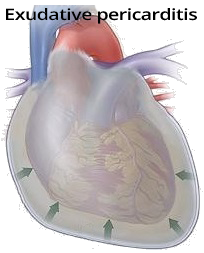
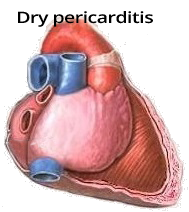
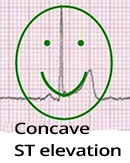

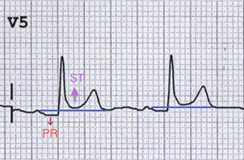
ST Elevations and PQ Depressions

ST Depressions and PQ Elevations
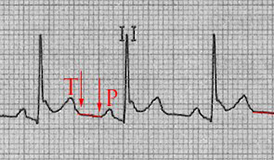
Spodick's Sign
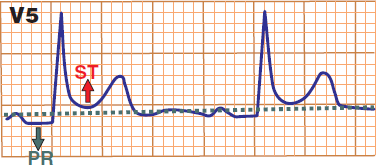
ST Elevations and PQ Depressions
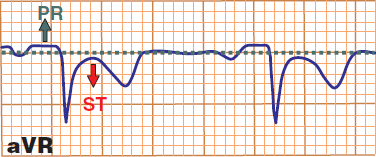
ST Depressions and PQ Elevations

Pericarditis and QRS Alternans
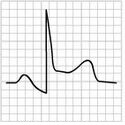
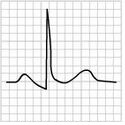





Pericarditis
Benign Early Repolarization

Fishhook Pattern
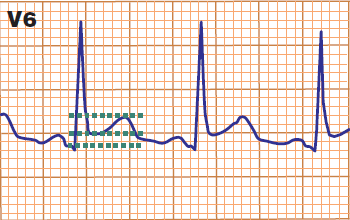
Pericarditis

Benign Early Repolarization
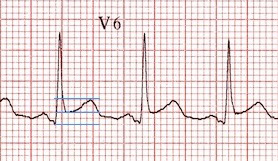
Pericarditis

Benign Early Repolarization
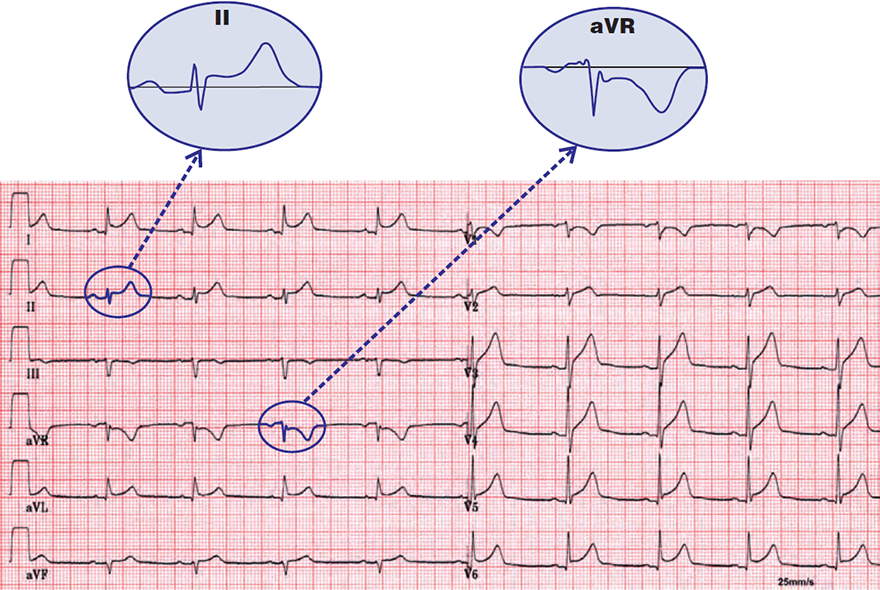
Acute Pericarditis
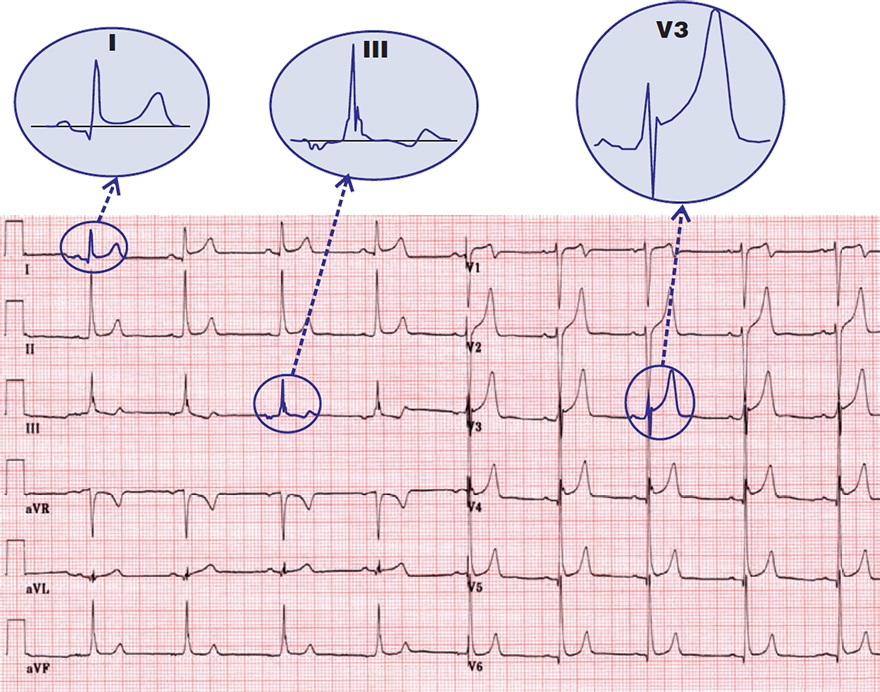
Benign Early Repolarization
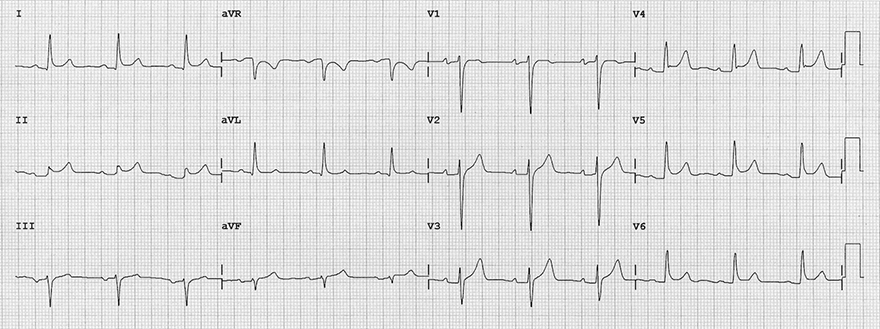
Acute Pericarditis

Acute Pericarditis

Acute Pericarditis
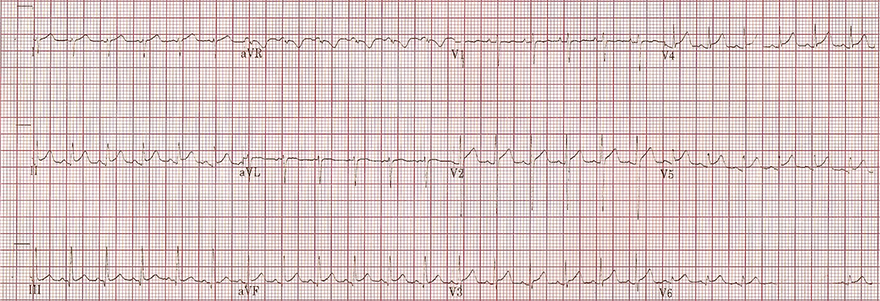
Acute Myopericarditis

Acute Myopericarditis
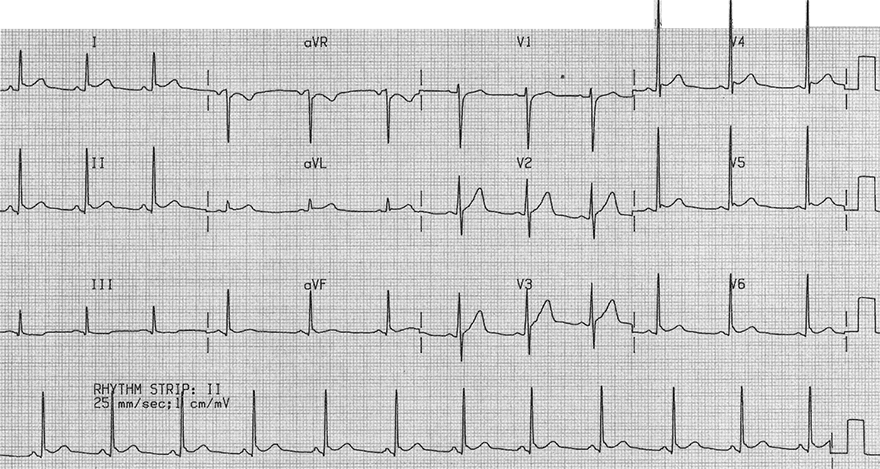
Benign Early Repolarization
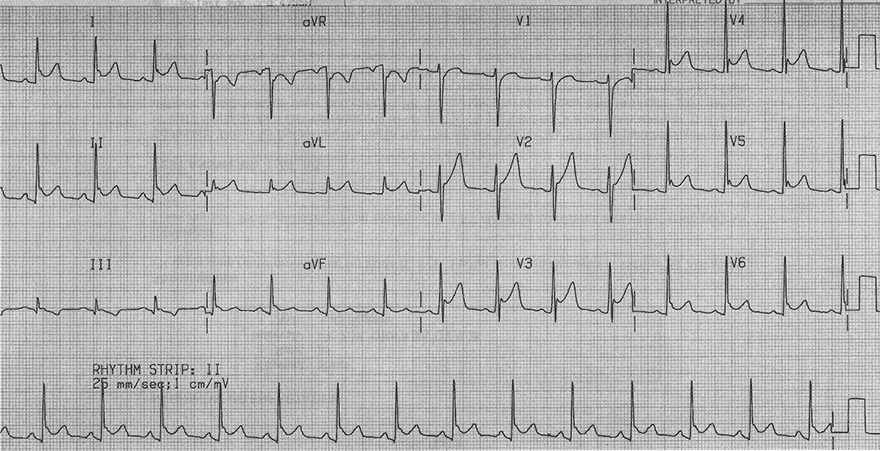
Benign Early Repolarization + Pericarditis

Acute Inferior STEMI Myocardial Infarction

Acute Antero-Lateral STEMI
Sources
Pericardium and Pericarditis
|


|
ECG and Acute Pericarditis
|


|

ST Elevations and PQ Depressions
|

ST Depressions and PQ Elevations
|

Spodick's Sign
|

ST Elevations and PQ Depressions
|

ST Depressions and PQ Elevations
|

Pericarditis and QRS Alternans

|
Stage 1 (First 2 Weeks)
|

|
Stage 2 (Week 1-3)
|

|
Stage 3 (From Week 3 Onward)
|

|
Stage 4 (From Week 4 Onward)
|
Pericarditis vs. STEMI Infarction
|


|
Pericarditis vs. Benign Early Repolarization
|

|
|
Pericarditis
|
Benign Early Repolarization
|

|
Fishhook Pattern
|
 |
 |
|
Pericarditis
|
Benign Early Repolarization
|
 |
 |
|
Pericarditis
|
Benign Early Repolarization
|

Acute Pericarditis

Benign Early Repolarization

Acute Pericarditis

Acute Pericarditis

Acute Pericarditis

Acute Myopericarditis

Acute Myopericarditis

Benign Early Repolarization

Benign Early Repolarization + Pericarditis

Acute Inferior STEMI Myocardial Infarction

Acute Antero-Lateral STEMI
Sources